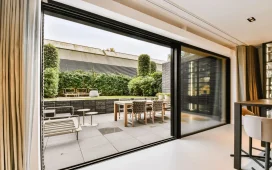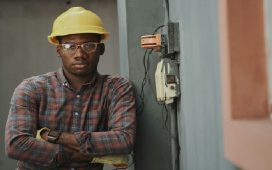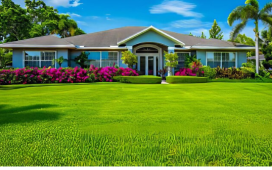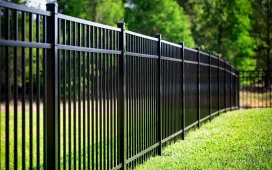Fire safety is a paramount concern for all New Jersey commercial buildings. It involves proactive measures and preparedness to prevent and mitigate fire incidents.
Fire preventive measures encompass various factors and elements that secure properties and occupants during emergencies. For example, understanding different types of building construction can help the owner and building inspection engineer NJ reinforce the asset’s fire protection system.
The National Fire Protection Association (NFPA) outlined the five basic categories for building construction under NFPA 220. This provides a structural engineer NJ with valuable insights into the building’s existing fire resistance that can help them plan the improvement of the structure’s fire protection system.
Each construction type is differentiated by the combustibility of its structural elements. Type I, or fire-resistive construction, is built with non-combustible materials, like steel and concrete. Buildings that fall in this category are known to offer a high level of fire protection and endurance. They can withstand extreme heat for an extended period without collapsing.
Type II category is non-combustible construction. Compared to Type I, buildings under this category have lower fire resistance. Type II structures are made with bolted, riveted, or welded steel. The fire risk of these buildings includes steel members expanding or relaxing during a fire.
Type III or ordinary construction features non-combustible tilt-slap or reinforced masonry exteriors. The internal structure may consist of easily combustible materials like wood.
Buildings using large pieces of lumber joined with metal plates and bolts are under Type IV. While the structure contains flammable materials, its structural bulk provides some resistance to collapse.
Type V or wood-frame construction is the most combustible on the list. Wood is used to construct frames, walls, floors, and roofs, making these buildings susceptible to the rapid spread of fire. Unless lightweight materials are employed, Type V buildings may have considerable collapse resistance.
For more information about fire protection design in commercial buildings, check out this infographic from Lockatong Engineering.














